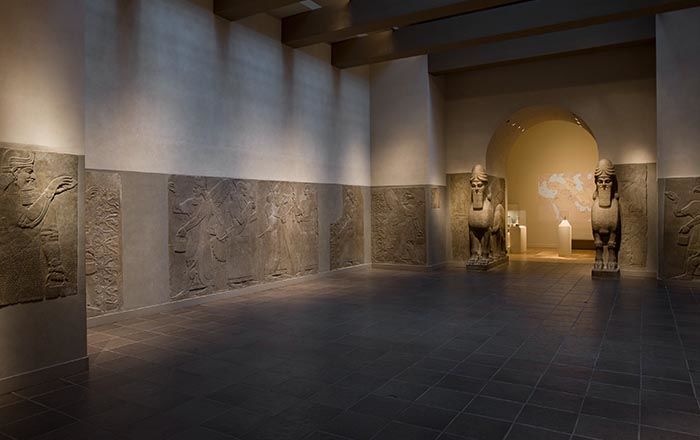Handle
Not on view
This ceramic sherd with a loop handle was probably originally part of a jar. It was excavated at Tepe Nush-i Jan, an Iron Age hilltop site about 60 km sound of Hamadan in western Iran. Nush-i Jan was occupied in the 7th and 6th centuries B.C., and its occupants are generally thought to be the Medes, an Iranian people known from Assyrian, Achaemenid and Biblical sources. Though the textual sources portray them as a powerful empire, archaeological evidence for the Medes has yet to sustain this impression. Rather, they seem to have lived in scattered fortified sites in western and central Iran, without any clear capital. Nush-i Jan, one of the best known of these sites, features two temples, a columned hall, and a fort. This handle was found near the Central Temple, a tower-like building located in the middle of the site. The precise context of the find is unclear, so it is impossible to say whether this vessel served a ritual or a practical purpose, or both.
This image cannot be enlarged, viewed at full screen, or downloaded.

